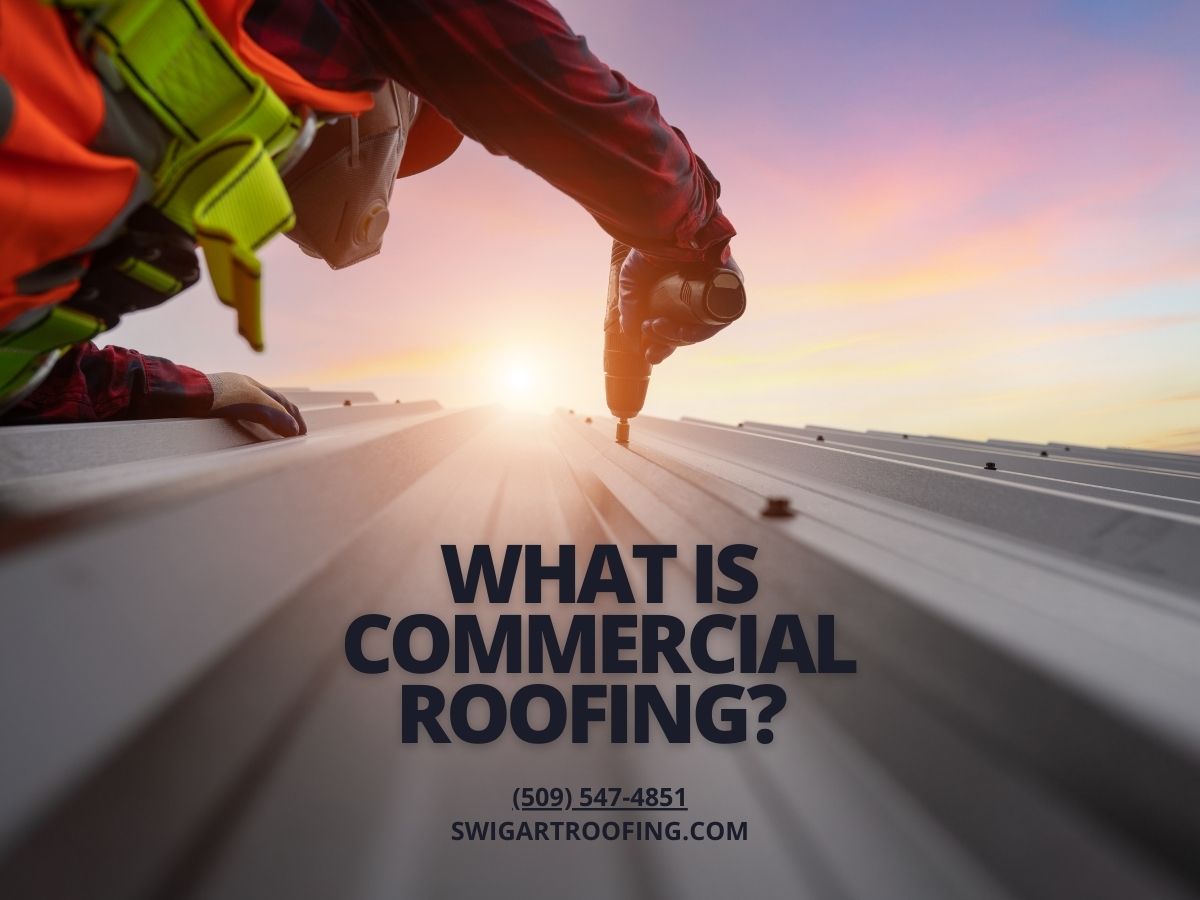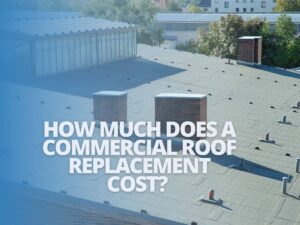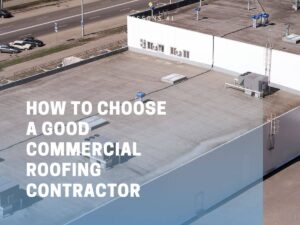
What is Commercial Roofing?
Have you ever wondered what commercial roofing is and how it differs from residential roofing? Commercial roofing plays a crucial role in protecting businesses, investments, and people from the elements. In this blog, we will take an in-depth look into the world of commercial roofing, including its definition, common materials used, factors influencing decisions, the roofing process, hiring professional contractors, industry trends, and more. Let’s dive in and explore this fascinating field.
Understanding Commercial Roofing
So, what does “commercial” mean in the context of roofing? Essentially, commercial roofing refers to the installation, repair, and maintenance of roofs for non-residential properties such as office buildings, warehouses, shopping centers, and industrial facilities. Compared to residential roofing, commercial roofing typically involves larger projects, higher safety considerations, and the use of different materials and systems.
Commercial roofs come in various types, depending on the building’s design, purpose, and requirements. The most commonly used commercial roofing materials include:
1. Asphalt Shingles
Asphalt shingles are a popular choice for commercial roofs due to their affordability, durability, and ease of installation. They come in a range of styles and colors, making them versatile and suitable for various commercial applications.
2. EPDM Roofing
EPDM (Ethylene Propylene Diene Monomer) roofing is a synthetic rubber material known for its excellent durability and weather resistance. It’s commonly used on low-slope and flat commercial roofs and is available in both black and white variants.
3. TPO Roofing
TPO (Thermoplastic Olefin) roofing is an energy-efficient and environmentally friendly option. This single-ply membrane roof is lightweight, highly reflective, and resistant to UV radiation, making it ideal for commercial buildings aiming for energy savings.
4. Metal Roofing
Metal roofing, available in various materials such as steel, aluminum, and copper, offers durability, longevity, and aesthetic appeal. Metal roofs are highly resistant to extreme weather conditions, fire, and pests, making them popular in many commercial settings.
5. Built-Up Roofing (BUR)
Built-Up Roofing, commonly referred to as BUR, consists of alternating layers of bitumen (asphalt) and reinforcing fabrics. This multi-layered system provides excellent waterproofing and is often used on commercial roofs with low slopes or architectural complexities.
Choosing the right commercial roofing material depends on several factors, including cost, lifespan, durability, maintenance requirements, and the specific needs of your building.
Factors Influencing Commercial Roofing Decisions
Several factors come into play when making decisions about commercial roofing. Here are the key considerations:
1. Climate and Geographic Location
The climate and geographic location of your business dictate the type of roofing material and system you should choose. For areas with heavy snowfall or frequent rain, you may require a material with superior water resistance and snow load capacity.
2. Building Function and Purpose
Different types of commercial establishments have unique roofing needs. For example, a warehouse might benefit from a durable and cost-effective roofing solution, while an office building might prioritize aesthetics along with functionality.
3. Energy Efficiency and Sustainability
As businesses increasingly focus on sustainability, considering energy-efficient roofing options becomes essential. Green roofs (covered with vegetation) and cool roofs (reflecting sunlight to reduce heat absorption) are gaining popularity in commercial construction projects.
4. Local Regulations and Building Codes
Ensure compliance with local regulations and building codes when selecting a commercial roofing system. Rules may vary depending on factors like fire safety, insulation requirements, and environmental impact.
The Commercial Roofing Process
The commercial roofing process typically involves several stages. Let’s examine them in detail:
1. Roof Inspection and Assessment
Before any installation, repair, or replacement takes place, a thorough roof inspection and assessment are necessary. This step allows experts to identify existing issues, potential problem areas, and determine the best course of action.
2. Design and Planning
Collaborating with architects and roofing contractors is crucial during the design and planning phase. They will help create efficient roofing designs that match your building’s requirements, taking into account factors like drainage systems, HVAC units, and aesthetics.
3. Roof Installation
Professional installation is key to ensuring a durable and successful commercial roof. The process involves removing the existing roof (if necessary), preparing the substrate, applying insulation, and finally installing the chosen roofing system.
4. Roof Maintenance and Repairs
Proper maintenance and timely repairs are vital to extend the lifespan of a commercial roof. Regular inspections, cleaning, gutter checks, and addressing small issues promptly can prevent major damage and costly repairs in the long run.
Hiring a Professional Commercial Roofing Contractor
When it comes to commercial roofing, it’s imperative to hire a reputable and experienced contractor for your project. Consider the following when selecting a roofing contractor:
- Read reviews and testimonials from previous clients.
- Look for certifications and licenses that demonstrate expertise and professionalism.
- Ask for a portfolio of past projects and references from satisfied customers.
- Inquire about insurance coverage to protect your investment during the construction process.
A reliable contractor will ensure quality workmanship, adherence to safety regulations, and efficient completion of your commercial roofing project.
Commercial Roofing Trends and Innovations
The commercial roofing industry keeps evolving with new trends and innovations. Here are a few noteworthy developments:
- Green Roofs: Incorporating vegetation on rooftops to improve air quality, manage stormwater, and provide insulation.
- Energy-Efficient Roofing Systems: Advanced roofing materials and technologies designed to reduce energy consumption and mitigate climate impact.
- Cool Roofs: Reflective roofing materials and coatings that reflect sunlight, reducing heat absorption and achieving energy savings.
Stay up-to-date with industry advancements to benefit from innovative solutions that enhance your commercial property’s performance and sustainability.
Conclusion
Commercial roofing plays a vital role in safeguarding businesses, people, and investments. By understanding the different types of commercial roofing systems, the factors influencing roofing decisions, the installation process, and the importance of hiring professional contractors, you can make informed choices to protect your commercial property. Stay informed about the latest trends and advancements to ensure your roofing investment aligns with your objectives for energy efficiency, sustainability, and long-term durability. Trust professionals who specialize in commercial roof repair, installation, and maintenance services to keep your commercial roof in optimal condition for years to come.


